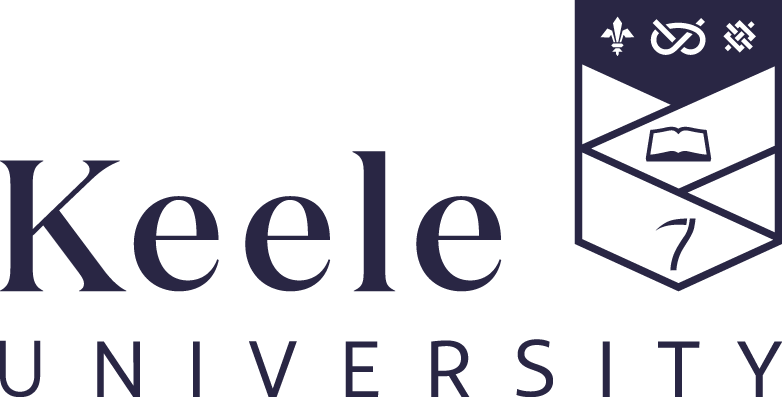
PHY-10020 - Module Specification School of Chemical and Physical Sciences Faculty of Natural Sciences
For academic year: 2024/25 Last Updated: 04 March 2025
PHY-10020 - Oscillations and Waves
Coordinator: Daniela Plana Room: LJ1.46 Tel: +44 1782 7 34998
School Office: 01782 734921
Programme/Approved Electives for 2024/25
Available as a Free Standing Elective
Co-requisites
None
Prerequisites
None
Barred Combinations
None
Description for 2024/25
In this module, you will study the physical principles and mathematical description of oscillatory and wave phenomena, which find application in many areas of classical and modern physics and astrophysics. For this you will require a firm grasp of the material covered in Level 4 Mechanics, and it sets the stage for the treatment of more advanced topics in optics, and electromagnetism at Levels 5 and 6. As part of the mathematics component, you will study fundamental techniques routinely used and practiced in physics.
To introduce and develop the basic concepts of oscillation and wave theory, which underpin many topics in physics, and the mathematics necessary to achieve this understanding. To develop the transferable, problem solving, mathematical and analytical skills those are required by the practicing physicist or astrophysicist.
Intended Learning Outcomes
Solve the equations of motion for simple harmonic, damped, and forced oscillators. Formulate these equations and understand their physical content in a variety of applications: 1,2,3Solve first- and second-order linear differential equations. Use these and other mathematics techniques, including series and approximations, to solve physical problems. Use complex numbers and partial differentiation in physics applications: 1,2,3Understand the mathematical description of travelling and standing waves. Recognize the one-dimensional classical wave equation and solutions to it. Understand the principle of superposition and its relevance to physical phenomena such as standing waves, interference, and diffraction: 1,3
Study hours
Lectures: 34.5 hours Maths tutorials: 10 hoursExamination: 2.5 hoursMaths Class Tests: 2 hours (2x1h) Directed Reading/Independent Study: 83 hours Problem Sheets: 18 hours
School Rules
None
Description of Module Assessment